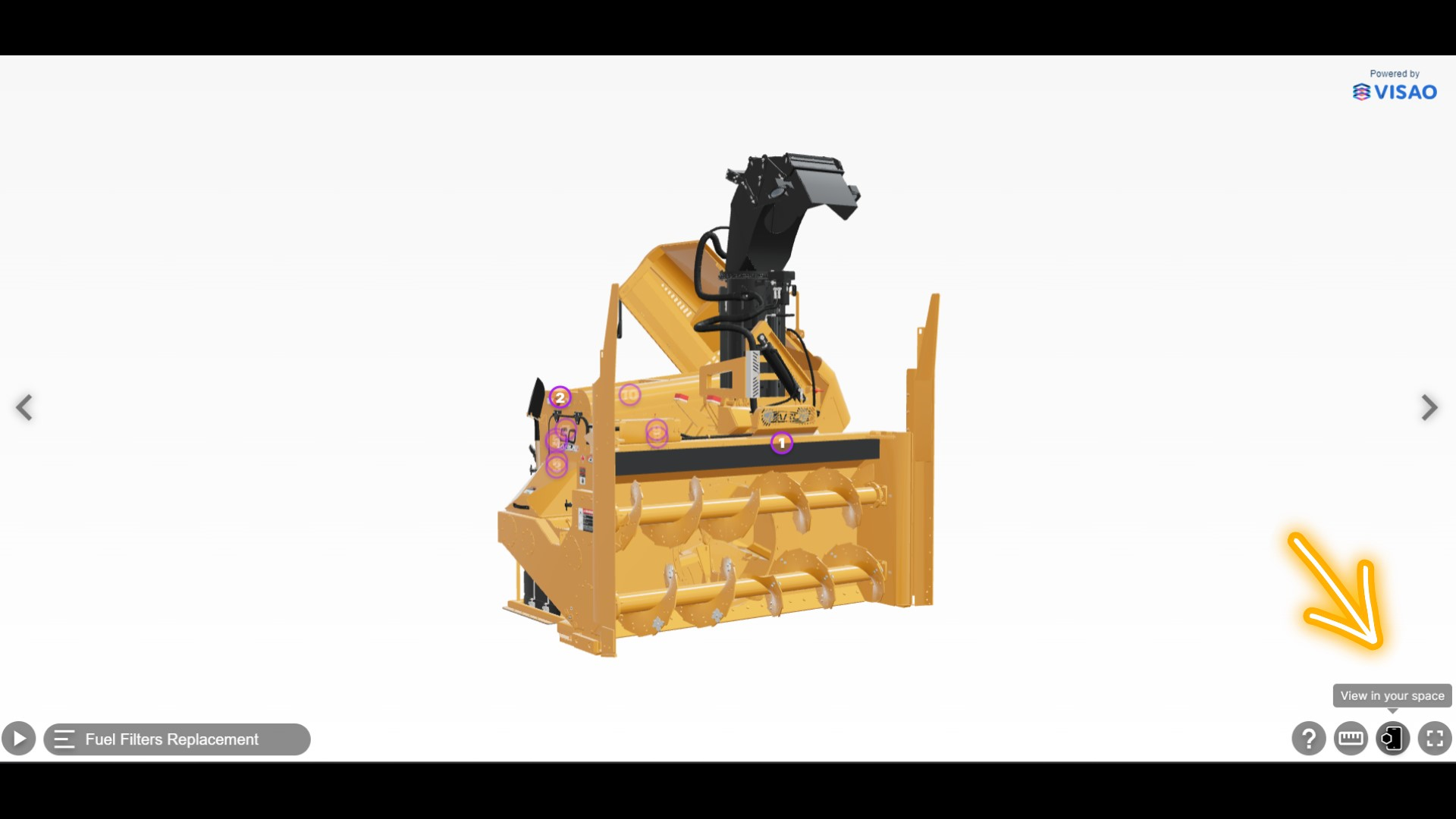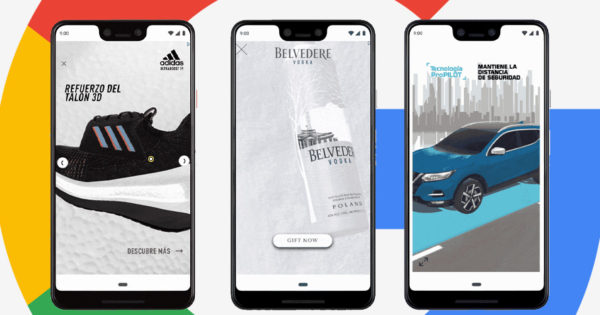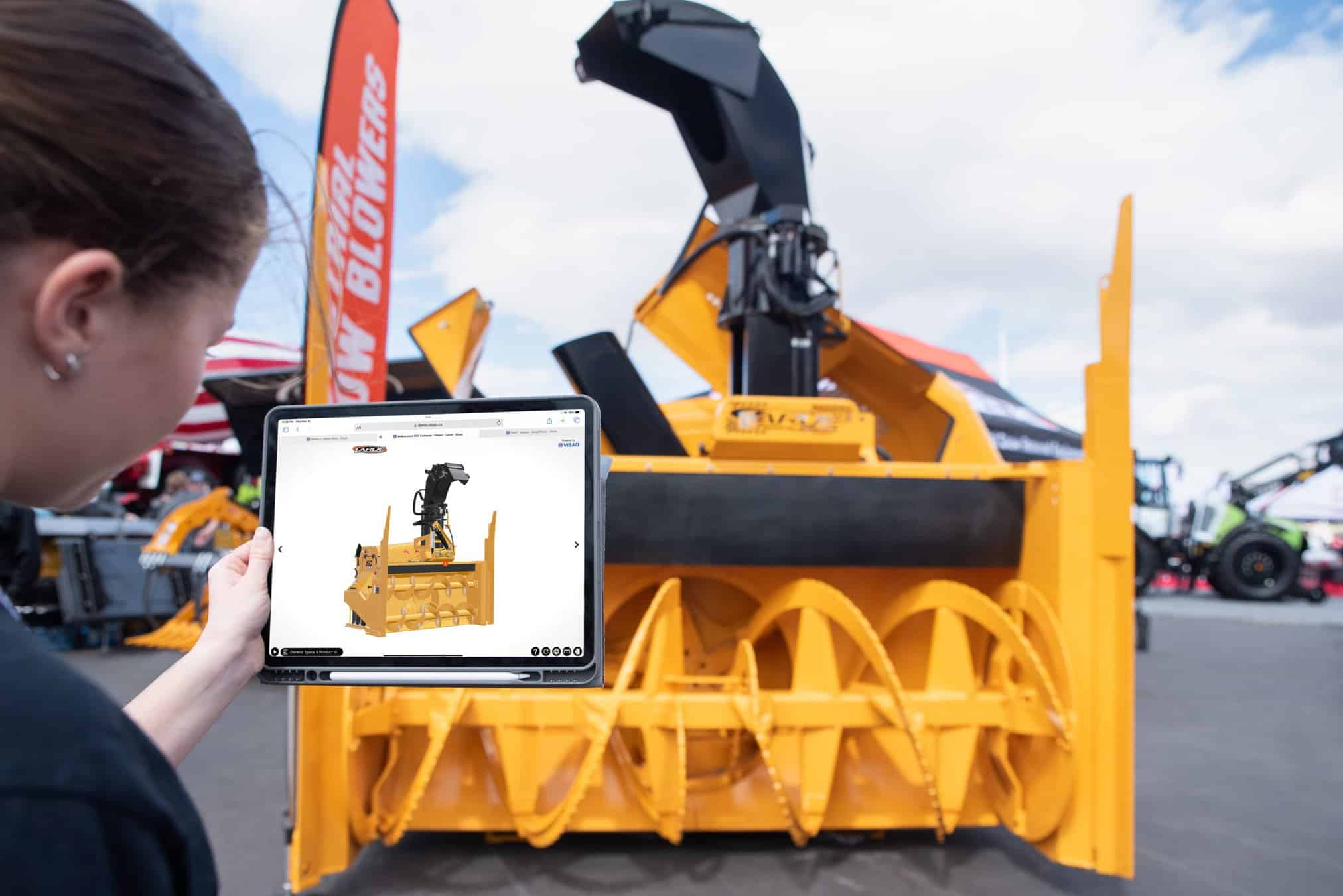Customization is taking center stage in the world of e-commerce, with merchants witnessing a remarkable 94% increase in conversions after implementing a 3D configurator. The demand for personalized shopping experiences is on the rise, and 3D configurators are playing a pivotal role for ecommerce stores in meeting these expectations.
In this blog post, we will delve into the concept of product configurator software and its significance in the realm of e-commerce. These innovative tools allow customers to customize products to their individual needs and exact specifications, revolutionizing how we shop online.
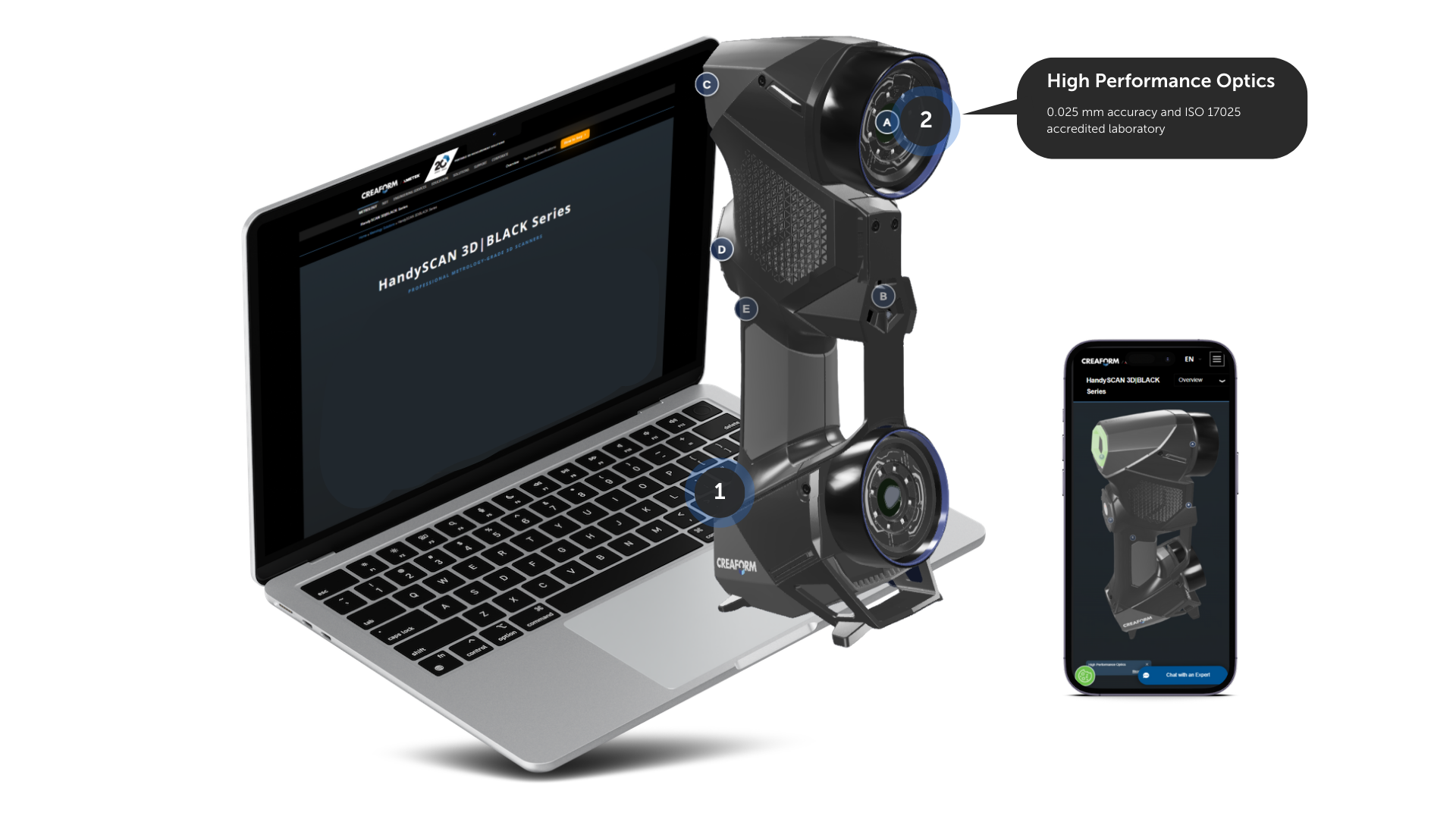
Discover how these interactive tools are reshaping customer experiences, driving sales, and paving the way for a new era of personalized shopping.
Understanding 3D Product Configurators
Defining 3D Configurators and Their Functionality
In simple terms, 3D configurators are digital tools that allow customers to personalize and customize products according to their preferences. These product configurators utilize 3D models of products and provide a dynamic, interactive interface for users to both configure products and make real-time adjustments and visualizations.
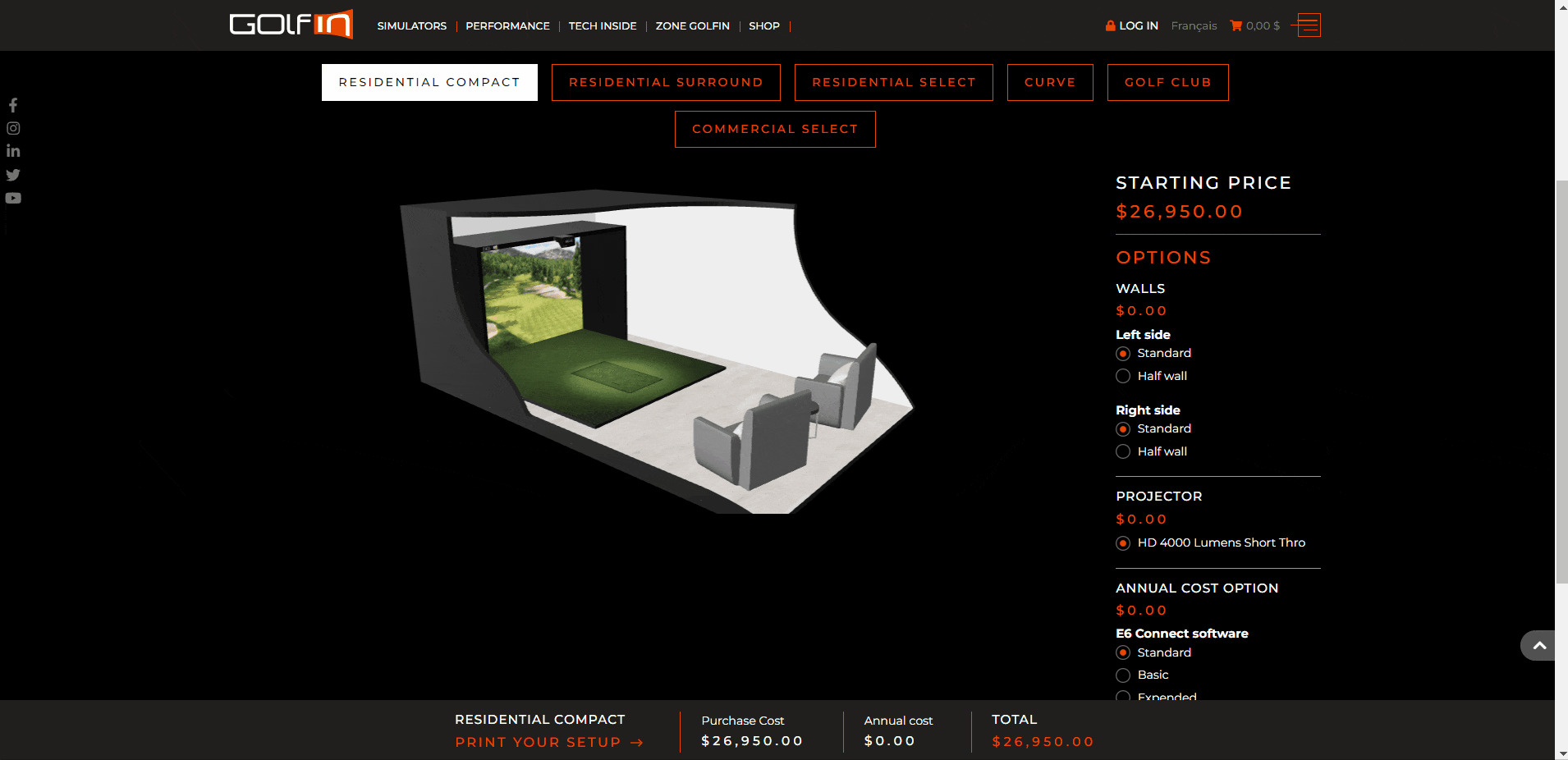
To begin using a 3D product configurator software, you typically need a GLB file of your product. This file contains the 3D model, textures, and other necessary data for the configurator to render the product accurately.
While it is possible to create and manage the configurator yourself, it requires technical expertise and extensive coding, making it a less common approach.
Thankfully, there are numerous product configurator software options available, such as Visao, that simplify the process and provide ready-to-use solutions for businesses. Check out different configurations just below!
Exploring the Key Features and Functionalities
3D configurators offer a range of features and functionalities that enhance the customization experience for customers. Some notable capabilities include:
- Visual Realism: 3D configurators utilize high-quality graphics to create a realistic representation of the customized product, enabling customers to visualize the final result before making a purchase.
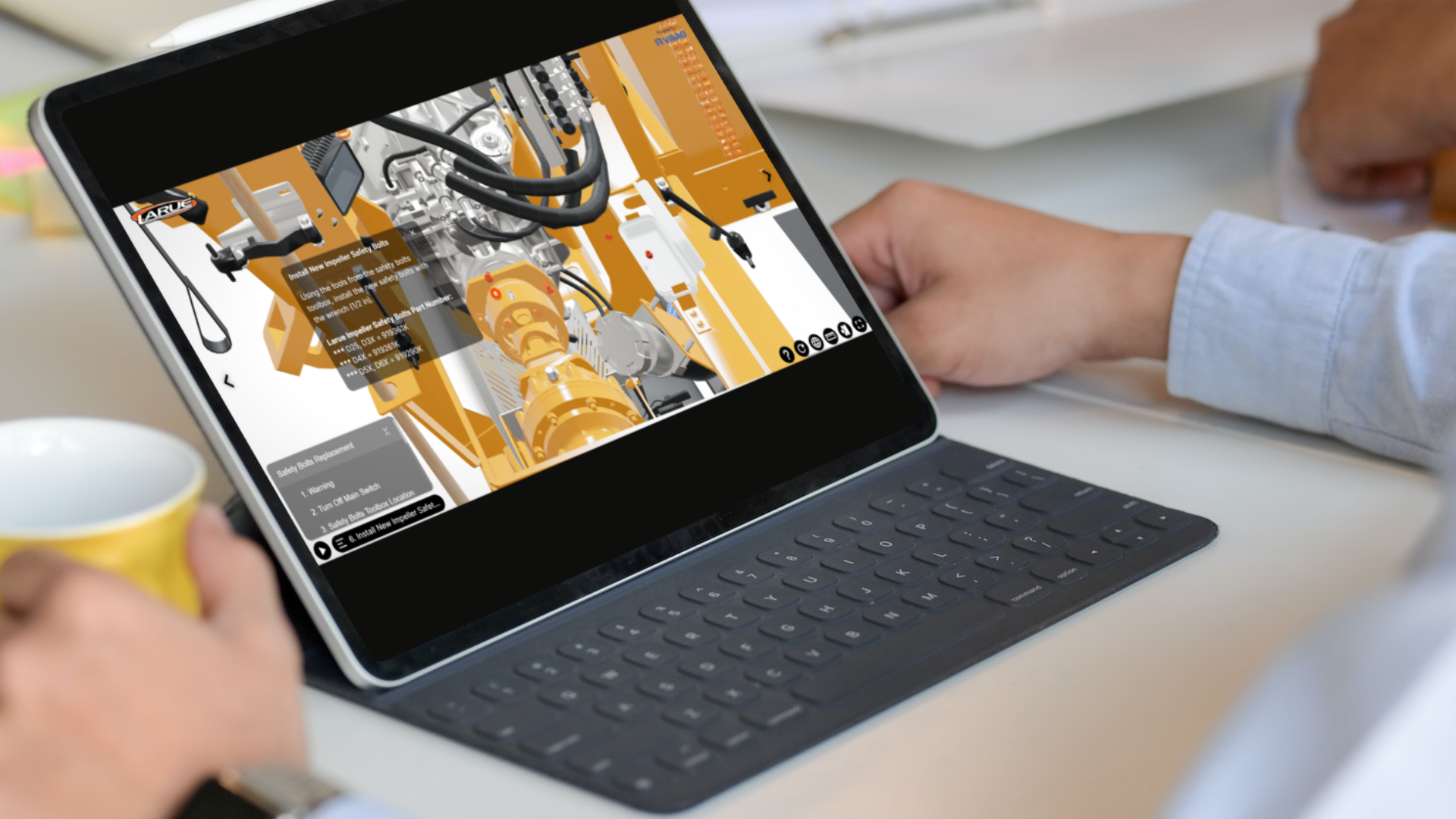
- Dynamic Customization: Users can choose from various options, such as colors, materials, sizes, and design elements, and see the changes reflected in real-time on the 3D model. This interactive experience empowers customers and fosters a deeper sense of personalization.
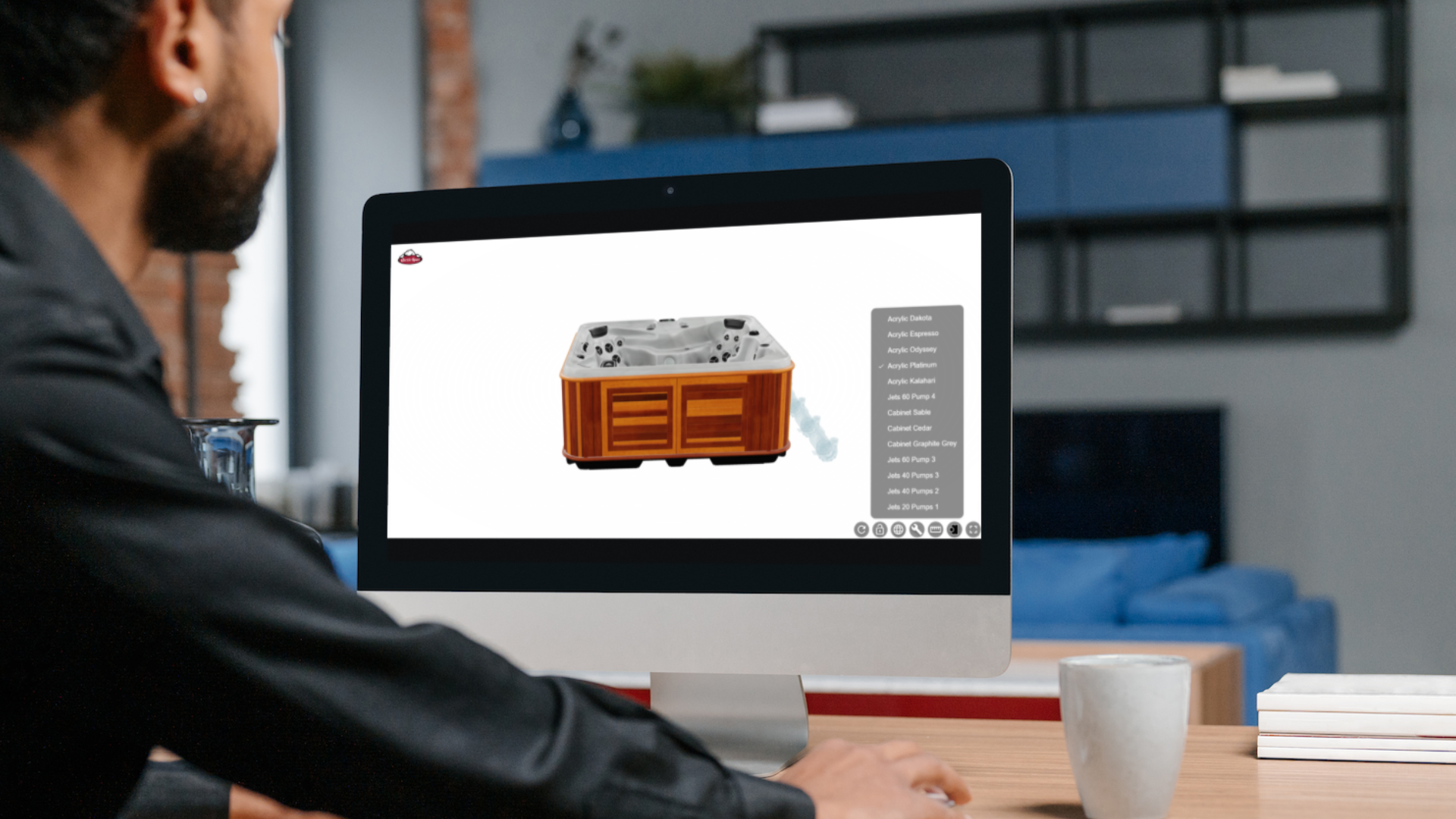
- Compatibility with Other Systems: 3D configurators can be integrated with other software and platforms like Configure Price Quote (CPQ) systems, Customer Relationship Management (CRM) tools, or e-commerce platforms. This integration streamlines the customization and purchasing processes, ensuring a seamless user experience.

Does a 3D configurator have an impact on SEO?
Effective Use of 3D Configurators for Complex Products
3D configurators revolutionize the e-commerce industry by enabling customers to visualize, price and customize a wide range of complex products.
Additionally, there is a notable rise in the use of 3D configurators in direct B2B interactions. Businesses in various sectors, such as industrial equipment, machinery, or complex technical products, are leveraging 3D configurators to facilitate customized solutions for their business clients and customer requirements.
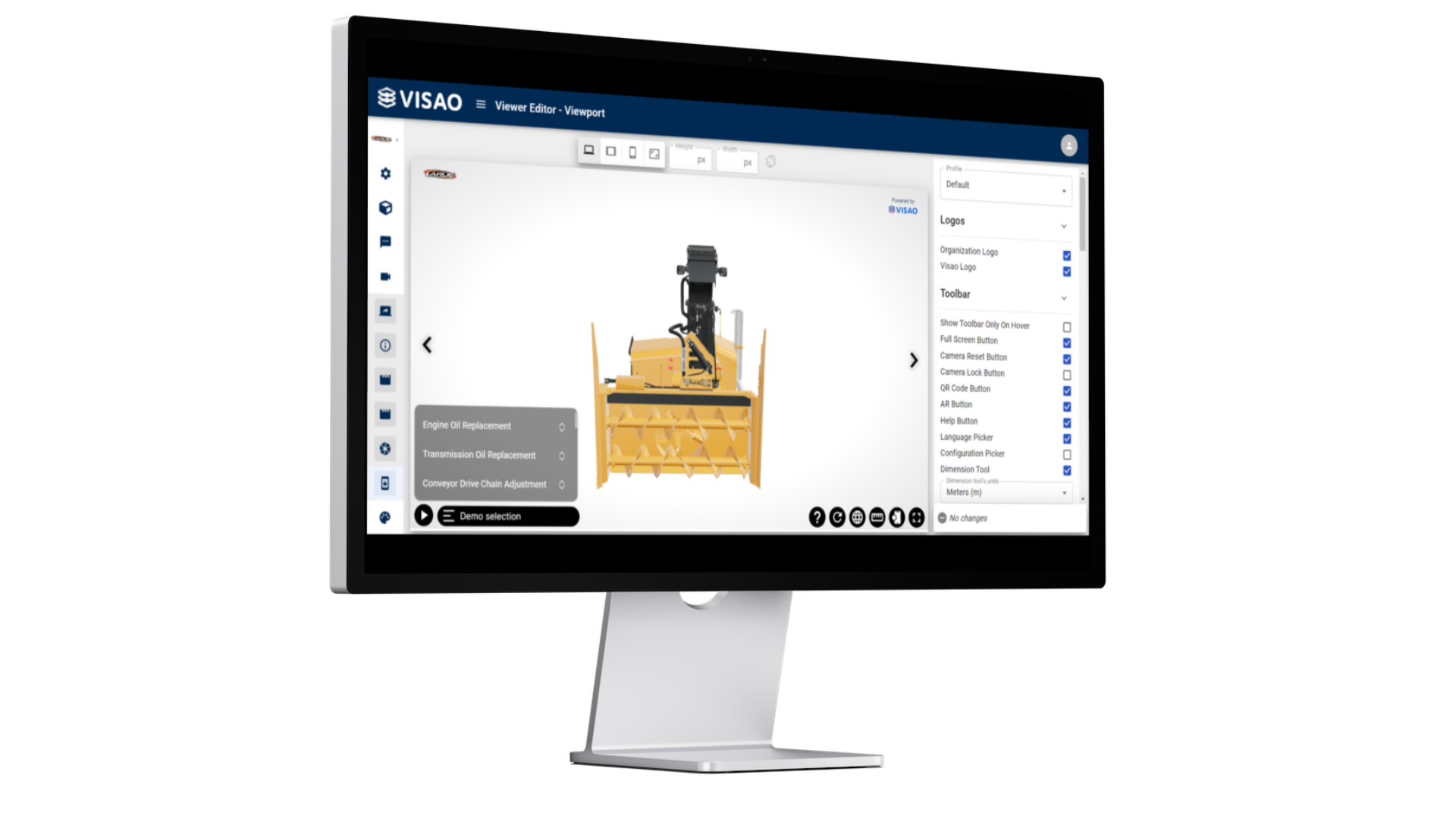
The Benefits of 3D product configuration in E-Commerce
Enhanced Customer Experience
Unlike traditional video playbacks, which only allow passive viewing, 3D configurators provide a more immersive and interactive experience that captivates customers. In fact, studies have shown that 95% of customers prefer 3D interactive visual product configuration and visualization over other formats.
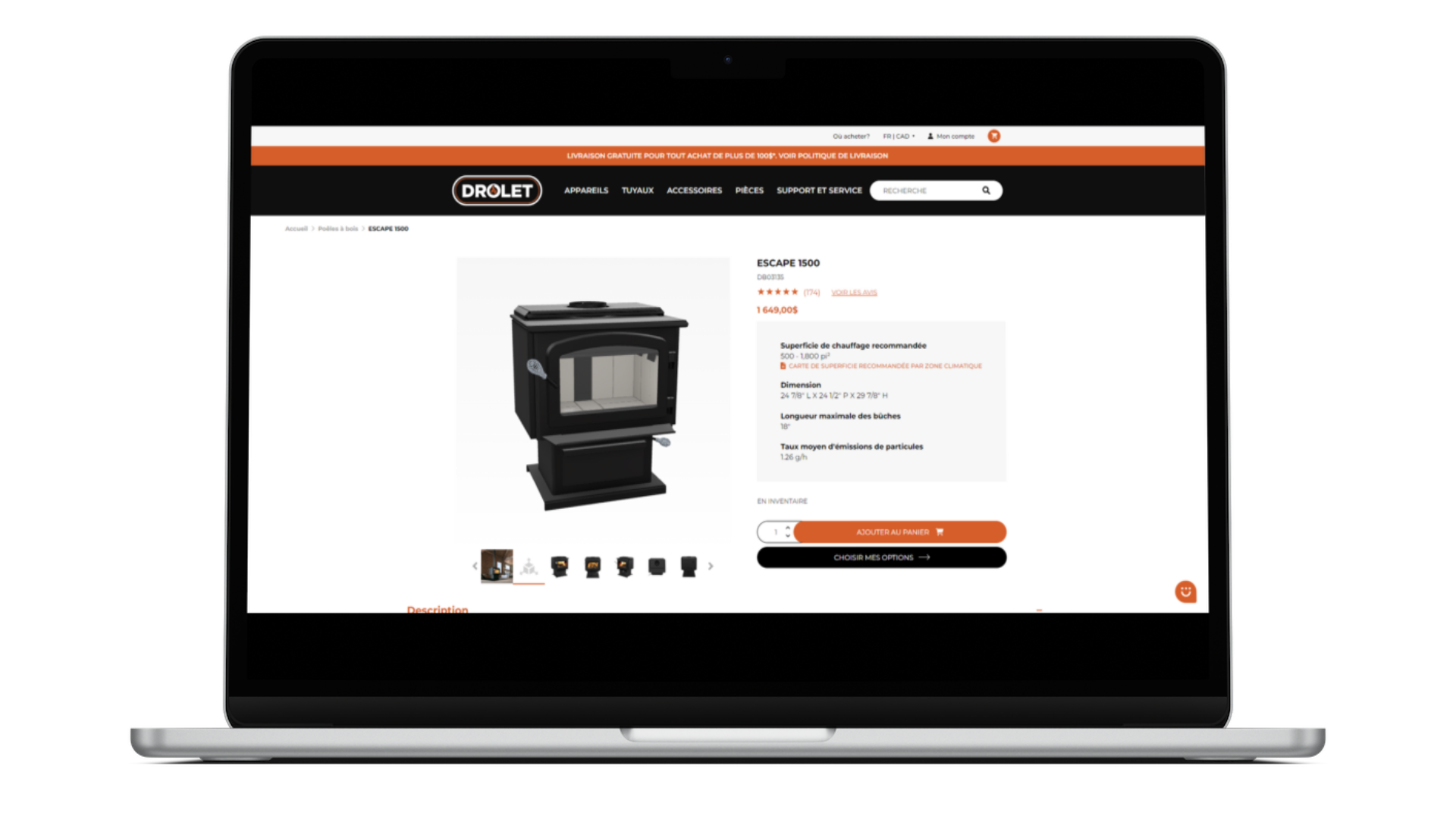
One of the key benefits of 3D configurators is the empowerment they provide to customers. By allowing users to customize products according to their preferences, 3D configurators give customers a sense of ownership and involvement in the design process.
This level of personalization not only enhances customer satisfaction but also fosters loyalty and brand affinity. In fact, a recent survey found that 66% of shoppers reported increased purchasing confidence when using 3D configurators.
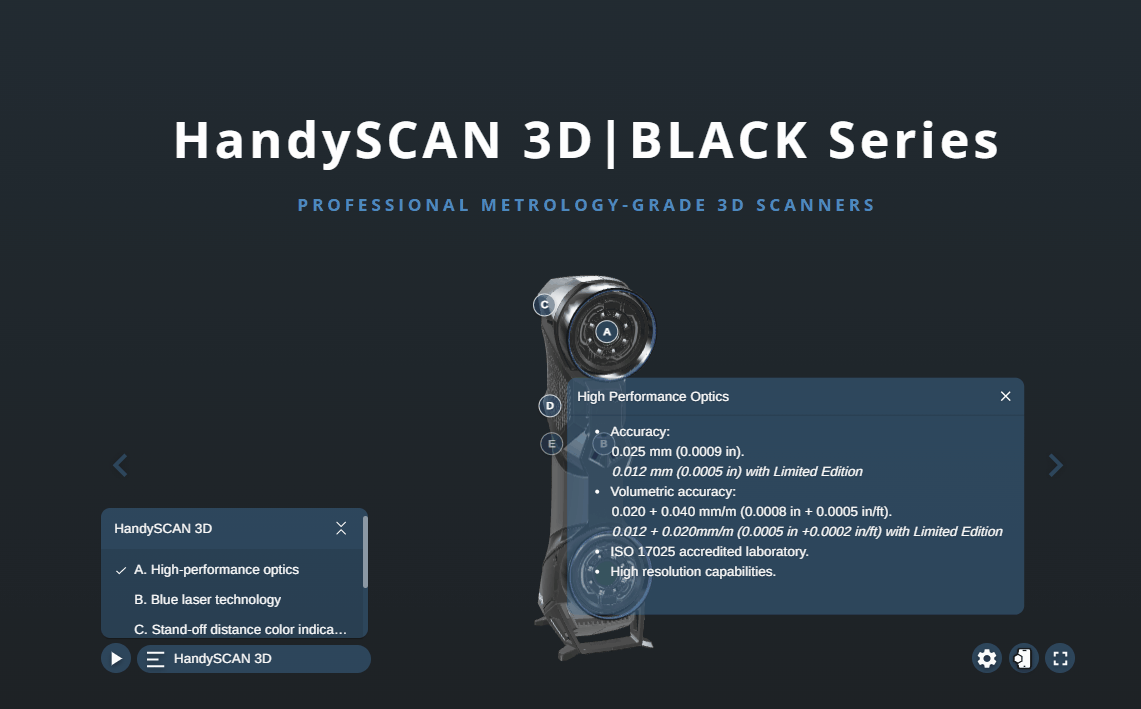
Increased Sales and Conversion Rates
According to research, 73% of customers interact with brands through various touchpoints before making a purchase. As a result, it becomes imperative for businesses to get omnichannel right. Implementing a secure 3D product configurator is a significant first step toward achieving this goal.
By integrating 3D configurators into the customer journey, e-commerce businesses can empower customers to visualize their personalized products.
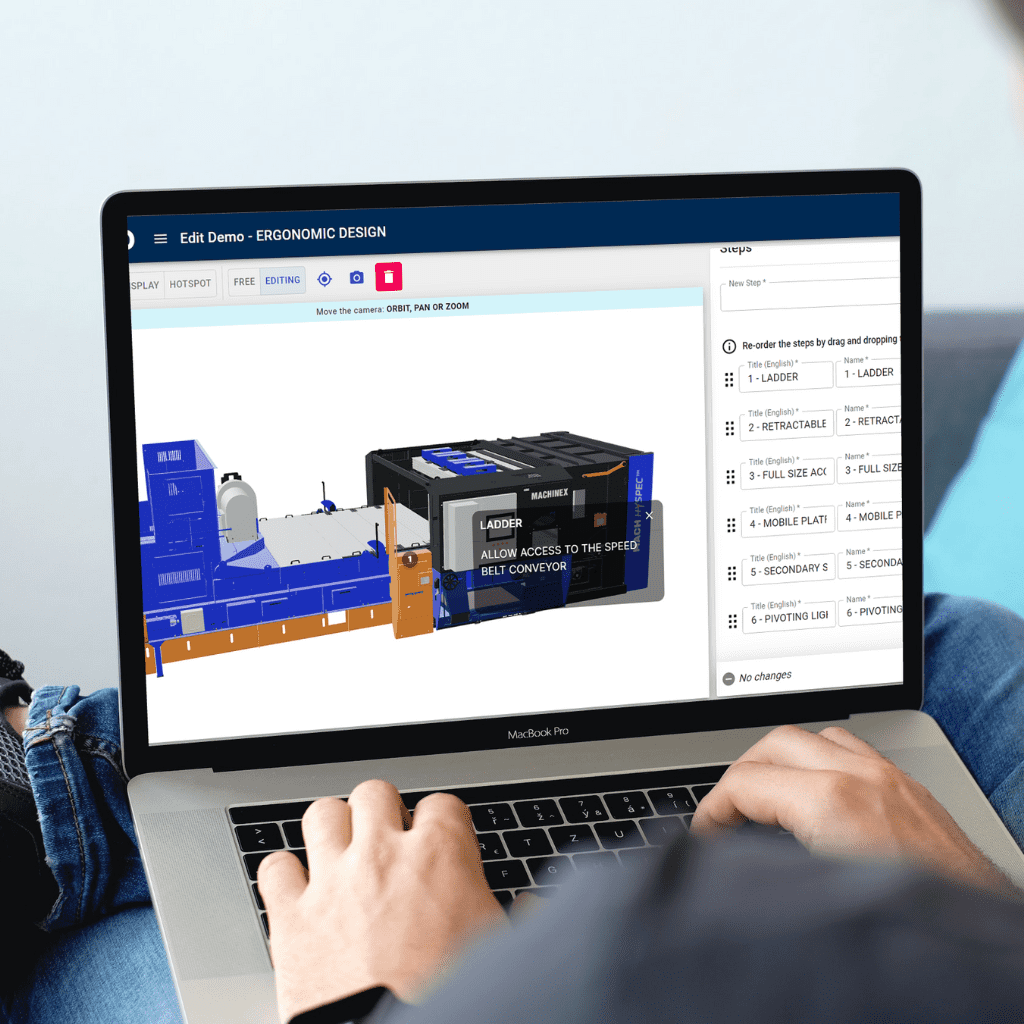
Curious about using our platform?
Discover the ease of creating 3D viewers with Visao’s online platform! Our new whitepaper proves just how easy it is – even for employees with no 3D experience. Don’t just take our word for it, see for yourself!
The ability for online shoppers to see customized product options almost in real-time and explore different variations leads to a heightened level of engagement and drives sales.
When customers can truly envision how a product will look and feel, they are more likely to make a purchase with confidence.
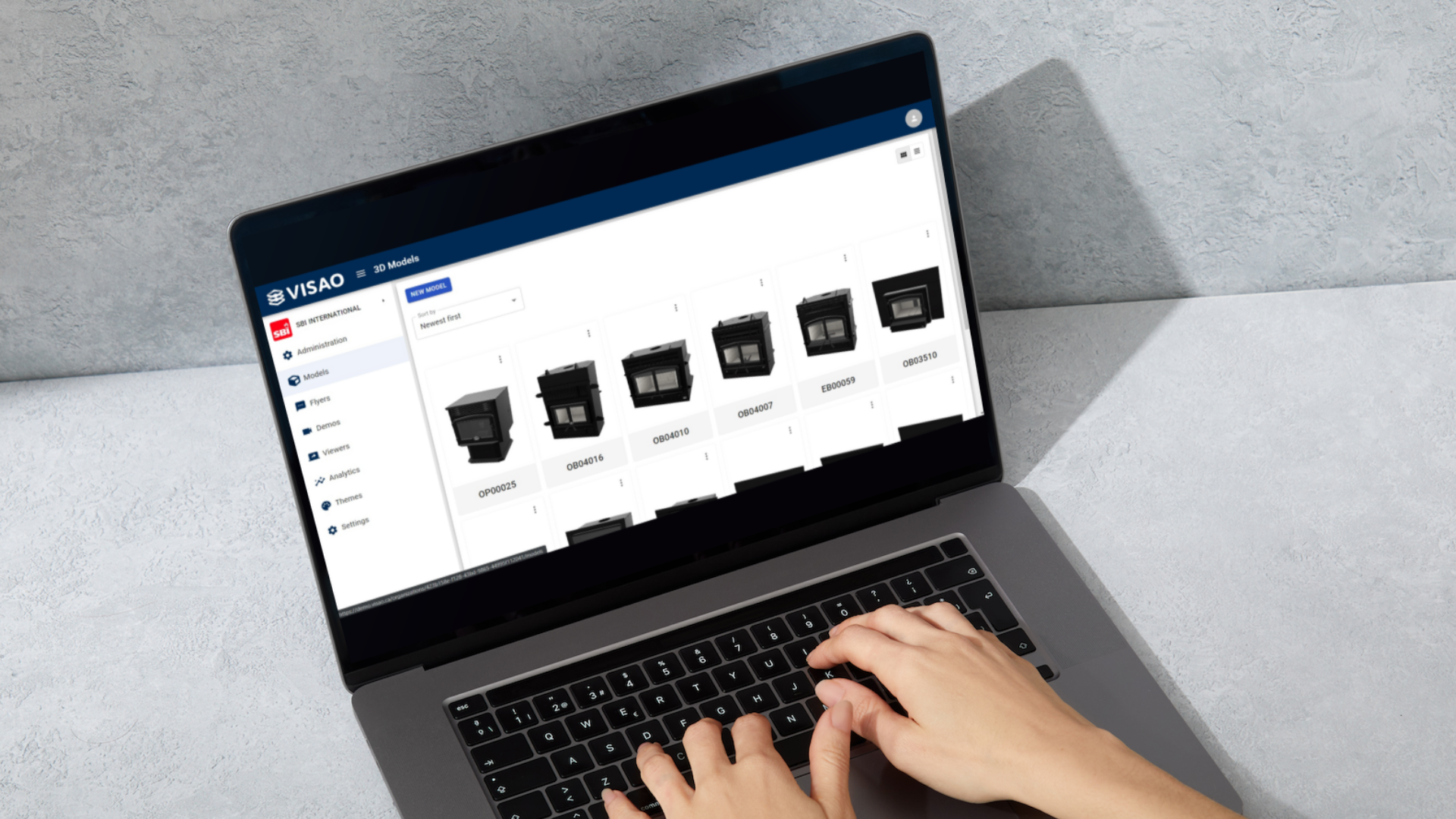
Cost Savings and Efficiency
Traditionally, the product development and sales process often involves creating physical prototypes and samples, which can be time-consuming and expensive. However, with the implementation of 3D configurators, businesses can significantly reduce their reliance on physical prototypes and sales reps. It reduces the chances of misunderstandings and ensures that all stakeholders are on the same page regarding the desired end product.

Moreover, by utilizing web-based 3D configurators, businesses can make instant updates to the 3D files and see the changes in real-time with just a page refresh. This eliminates the need for manual work in continuously producing physical prototypes, production drawings and samples of complex products, saving both time and material costs.
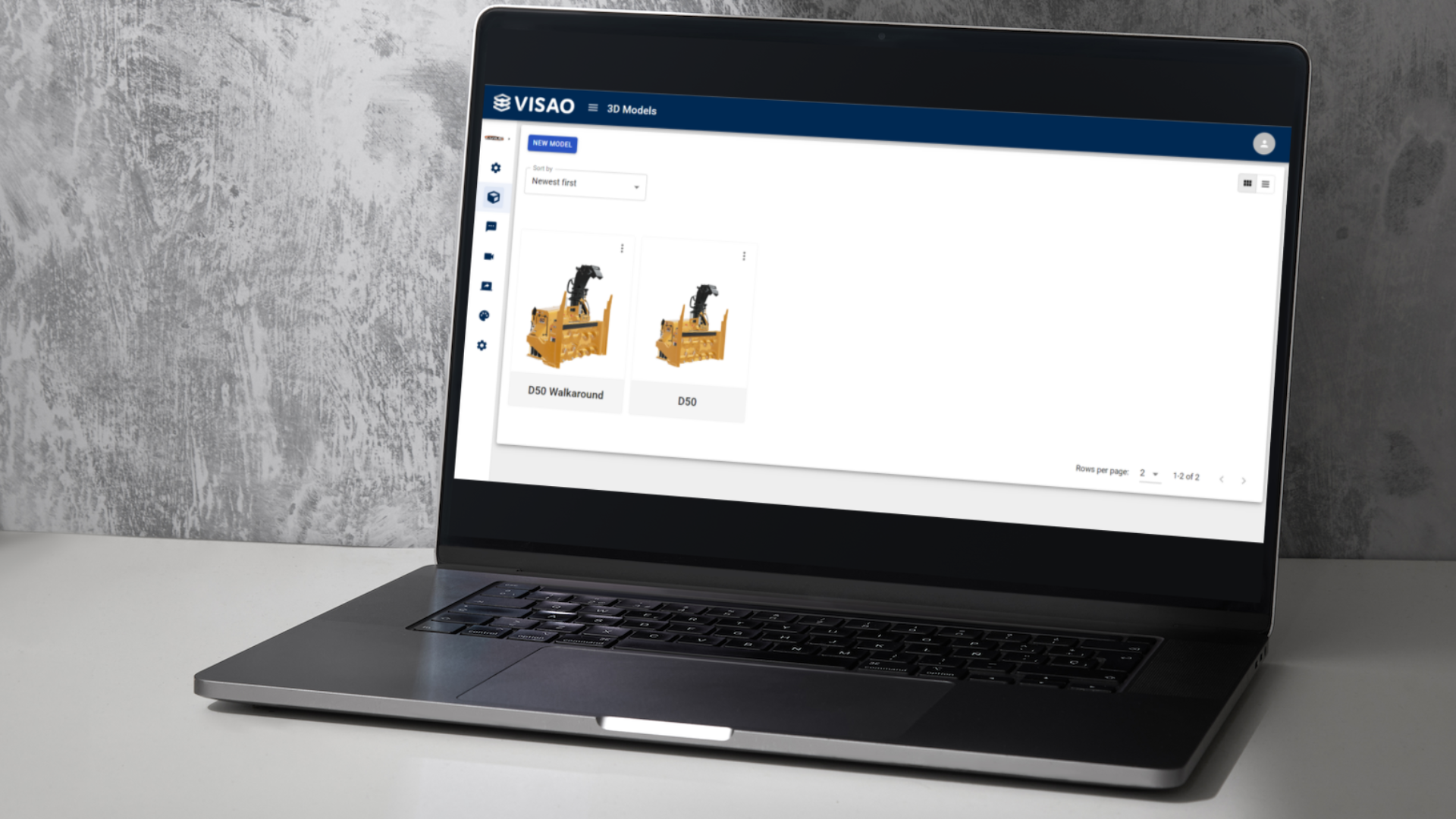
Additionally, with the ability to prepare realistic 3D renders through the configurator, businesses can leverage these visuals for marketing and sales purposes even before the official physical product is available. This dual benefit of cost savings in manufacturing and enhanced marketing capabilities further contributes to the efficiency and financial gains of using 3D configurators in manufacturing.
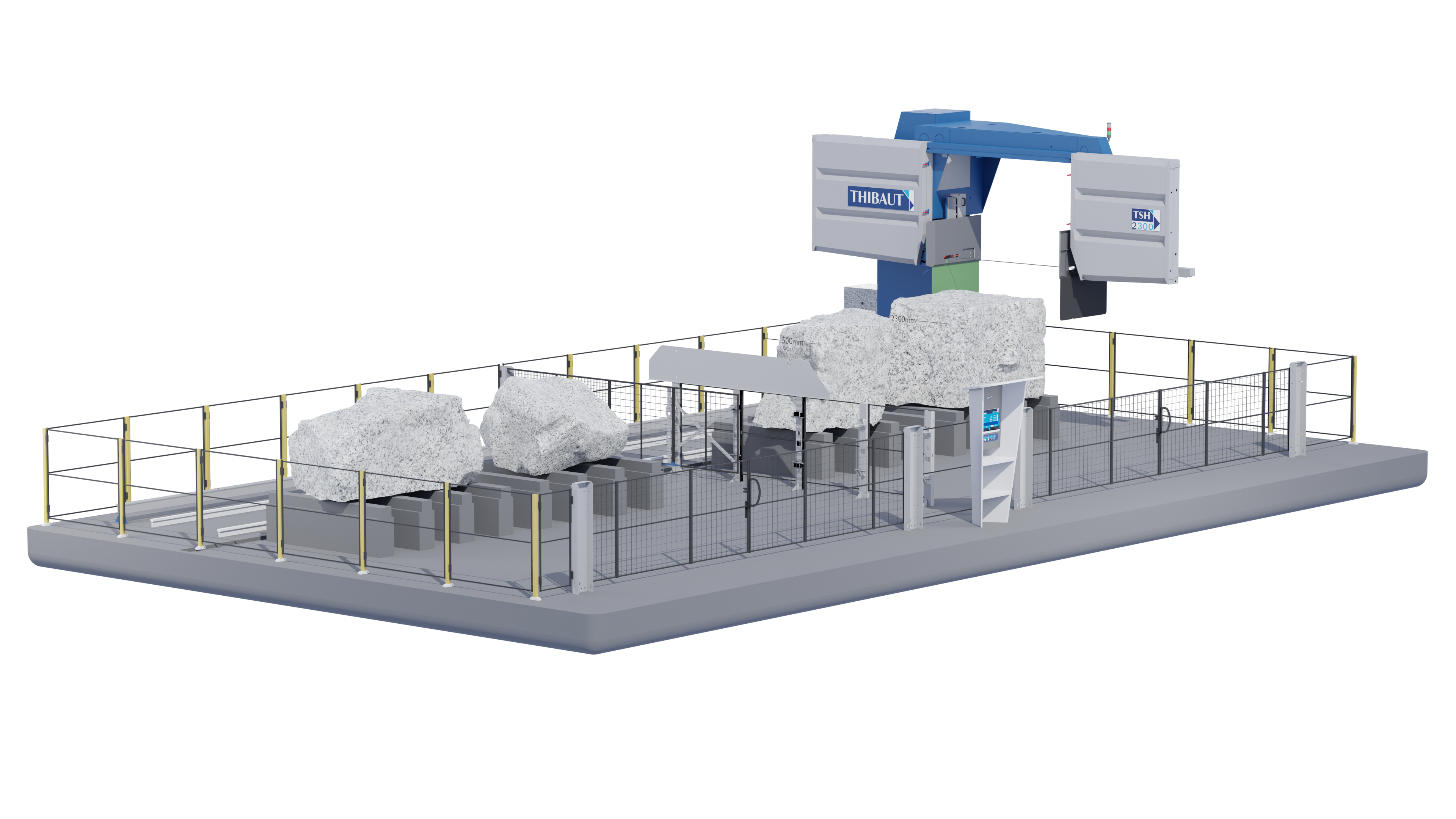
The difference between 3D renderings and 3D viewers
Case studies showcasing Positive Impact
Research conducted by Bain & Co. revealed a significant increase in Net Promoter Score (NPS) when customers were given the opportunity to design their own shoes using a 3D product configurator. Brands experienced a remarkable 50% increase in NPS, indicating a higher level of user recommendations. This finding corroborates the idea that configuring products elevates the buying experience and, consequently, enhances customer loyalty as well.
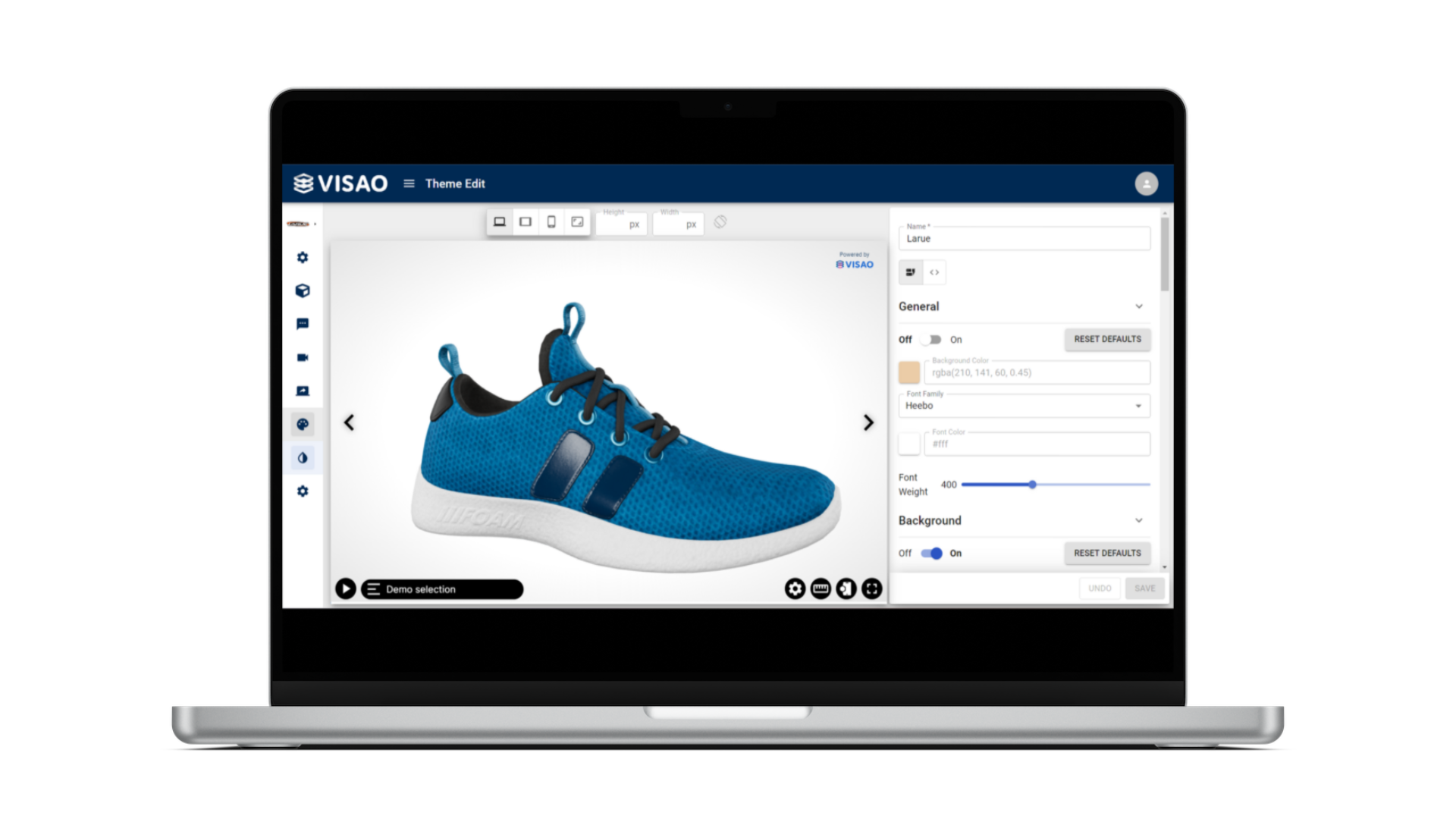
SBI, an online fireplace retailer and a client of Visao, experienced a significant decrease in support phone calls and product returns by implementing a 3D viewer with AR functionality. This technology enabled customers to understand better the dimensions and overall appearance of the fireplaces, leading to a reduction in purchase dissatisfaction and the need for assistance.
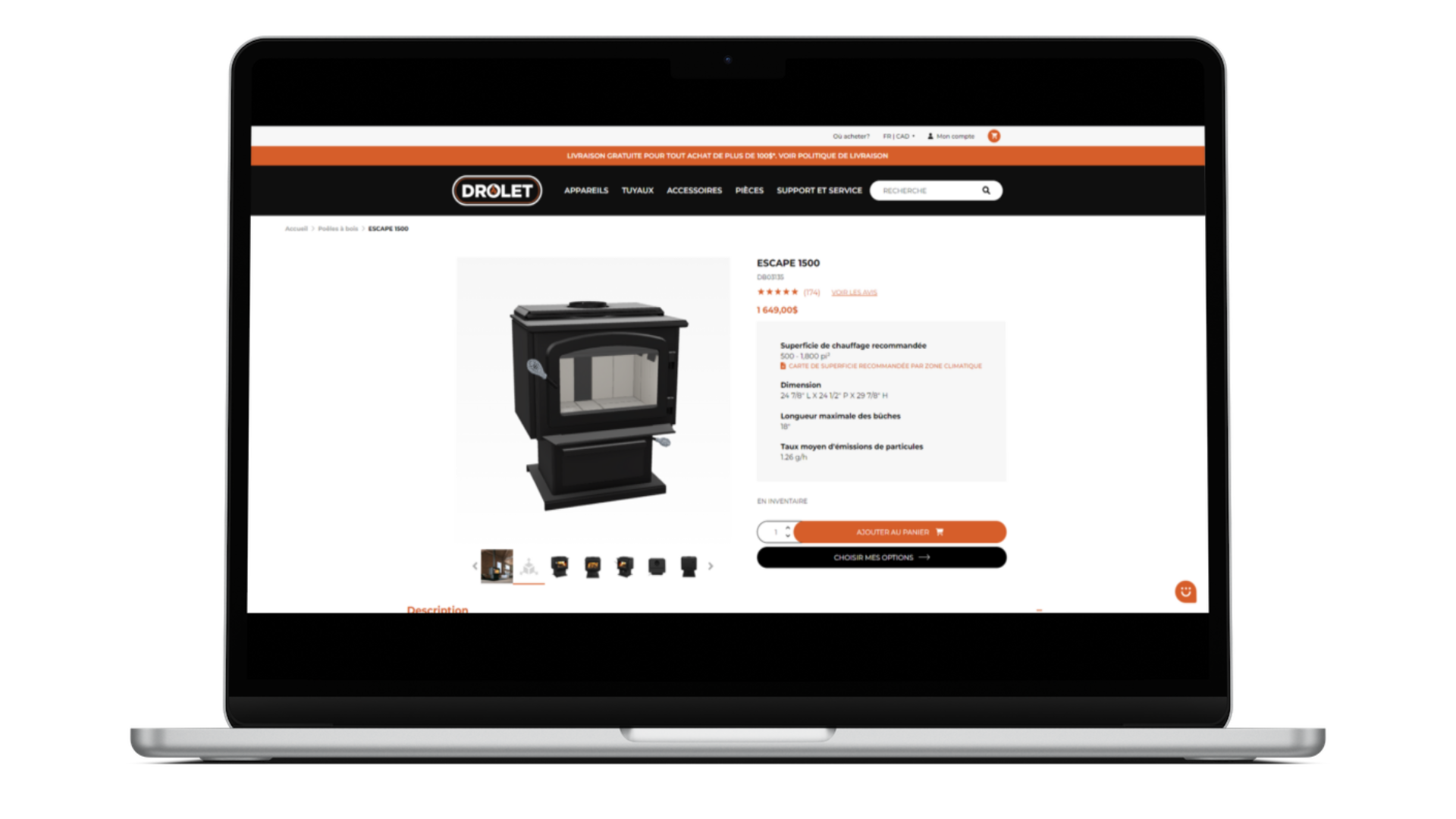
GolfIn, on the other hand, took customization to the next level by seamlessly integrating a 3D product configurator with their Configure, Price, Quote (CPQ) system on their website. This innovative approach empowered customers to personalize their ideal golf simulator setups, resulting in increased engagement and a truly tailored experience.
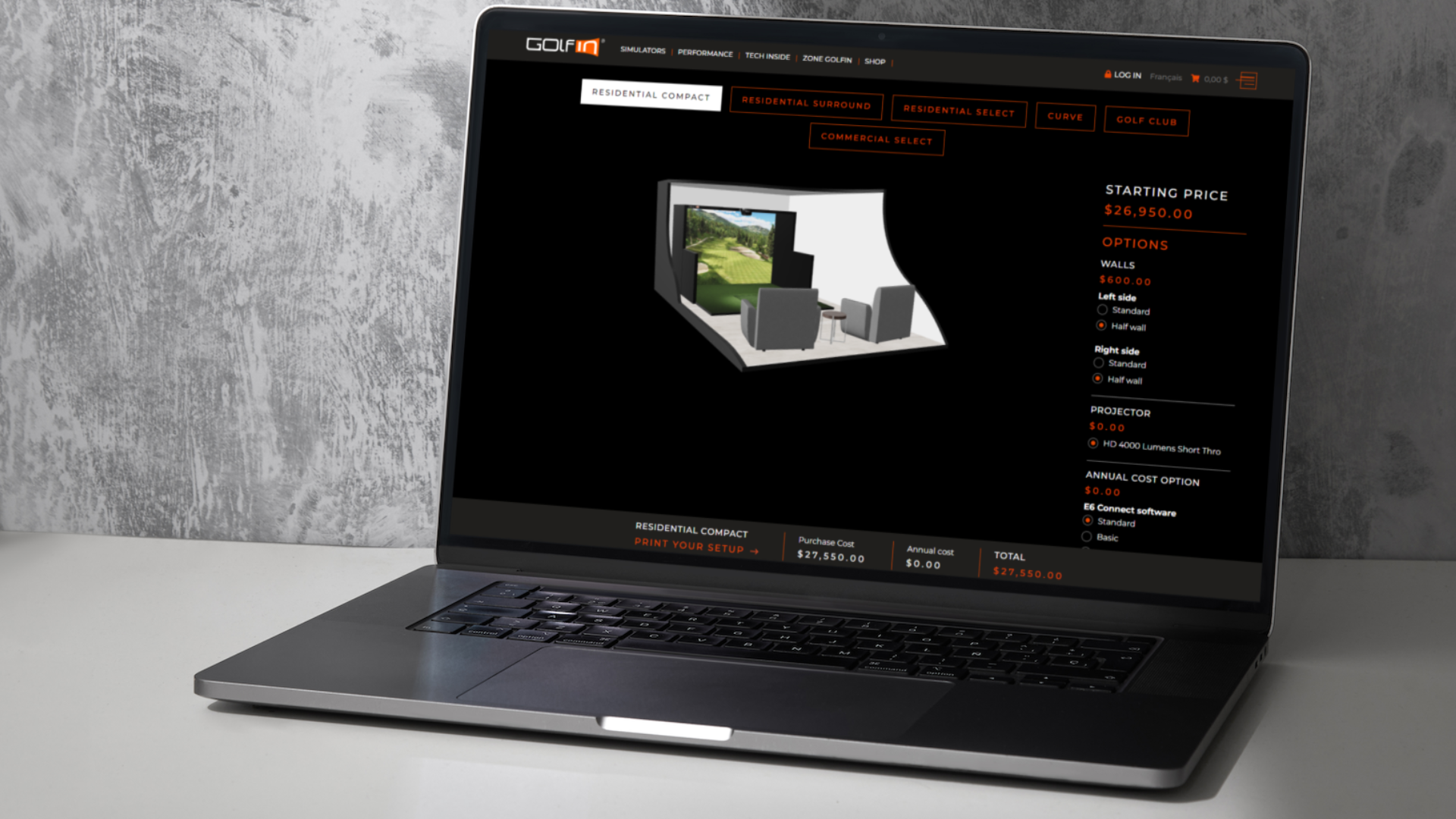
Want to learn how our client brought their tradeshow experience to another level?
Industry giants, manufacturers like Nike, Dell and Ikea have also recognized the potential of these tools and successfully incorporated them into their customer experience strategies.
Overcoming Challenges and Limitations
Technical Considerations
1. Hardware and Software Requirements
Implementing a 3D configurator from scratch is technically demanding and time-consuming. Working with a specialized third-party provider is a practical solution. They offer pre-built solutions that can be seamlessly integrated into existing e-commerce platforms.
Integration requires connecting the website with cloud based configuration solution using APIs for data exchange and synchronization.
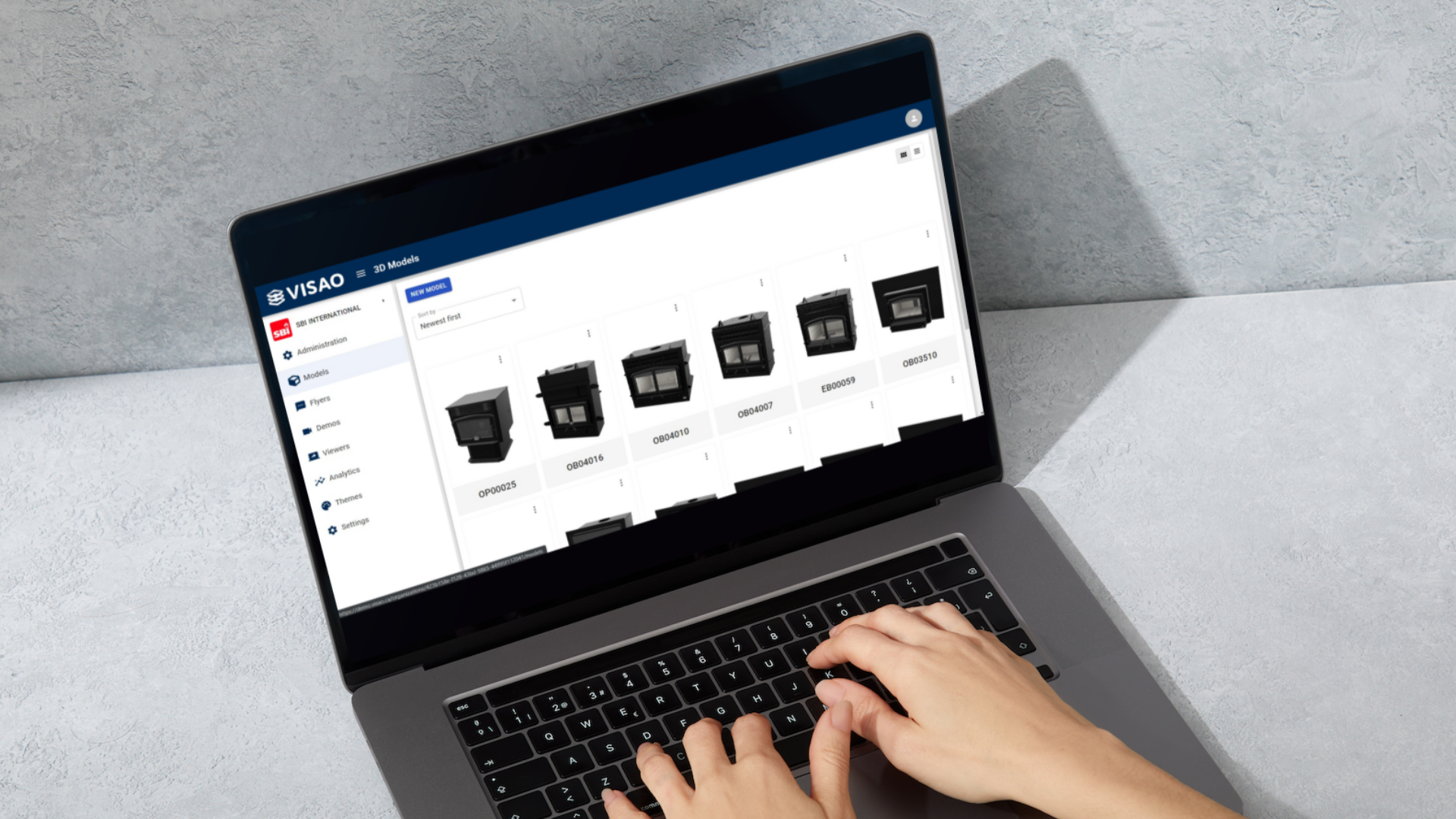
2. Integration Challenges with ERP and CRM systems
Not all e-commerce platforms are equally up to date when it comes to incorporating 3D viewers and configurators seamlessly.
For example, platforms like Shopify have made it easier for businesses to integrate 3D viewers by offering features that allow the direct addition of GLB files to a product page. On the other hand, platforms like WooCommerce may require additional development work or plugins to enable smooth integration.

User Experience and Adoption
Given that 3D configurations are still relatively new to many people, it is crucial to make the experience as simple and straightforward as possible. By prioritizing user-friendly interfaces, businesses can ensure that customers can easily navigate and configure the configurator without feeling overwhelmed or confused by multiple options.
Strategies for Driving User Adoption and Overcoming Barriers to Entry
- Text instructions: Offer concise and clear instructions for interacting with the 3D configurator, ensuring a user-friendly experience.
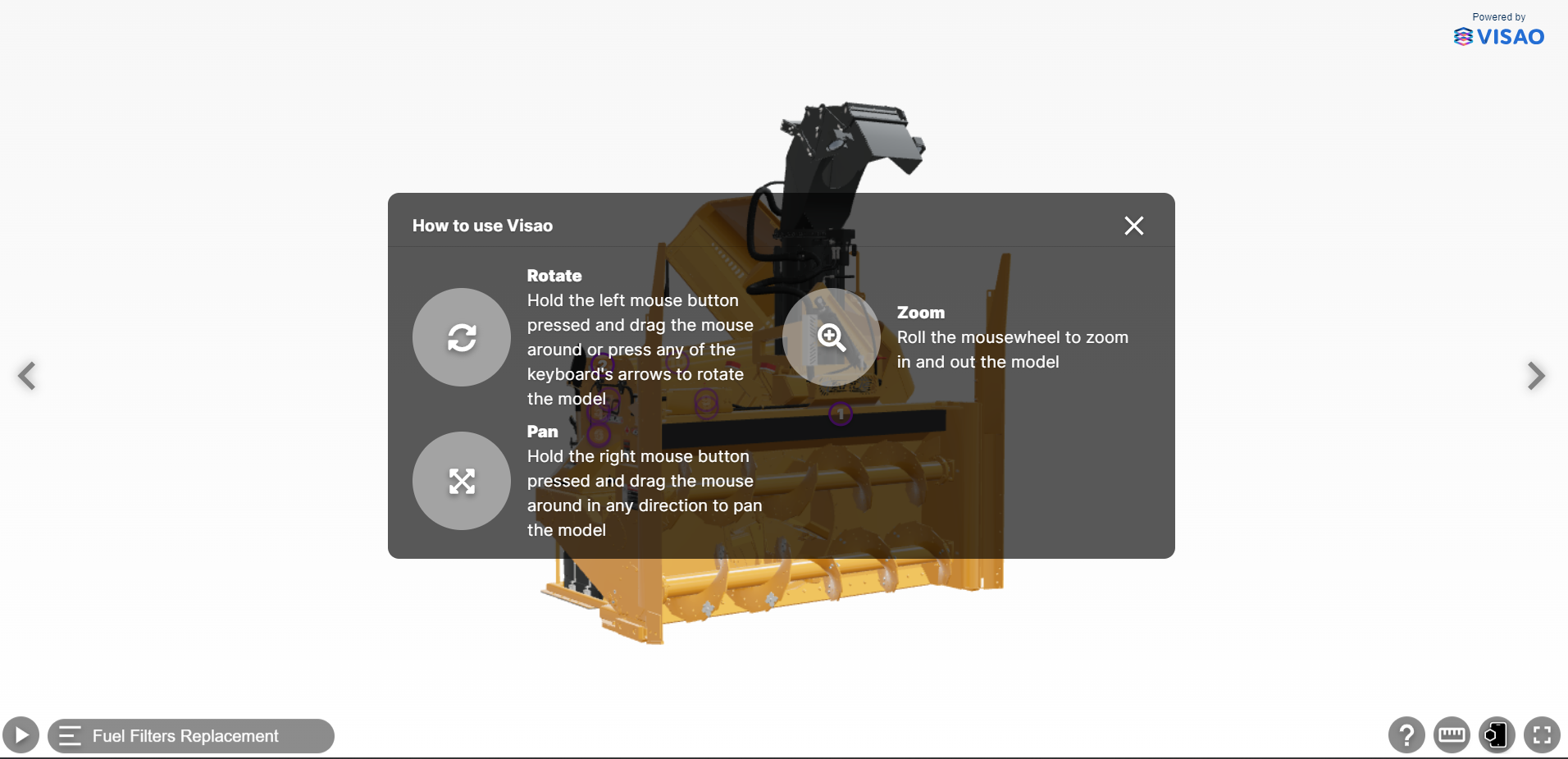
- Additional resources: Provide video tutorials or guides, empowering users to navigate the configuration process effectively.
- Icon explanation: Include clear tooltips or explanations for each control or icon in the configurator, minimizing confusion and enhancing the user experience.

In Visao’s viewer, each icon has attached text in order to know its function easily.
Future Trends and Innovations
Augmented Reality (AR)
Augmented reality (AR) is an emerging trend that holds tremendous potential for 3D configurators. AR allows customers to visualize products in their physical environment, offering a more immersive and realistic experience.
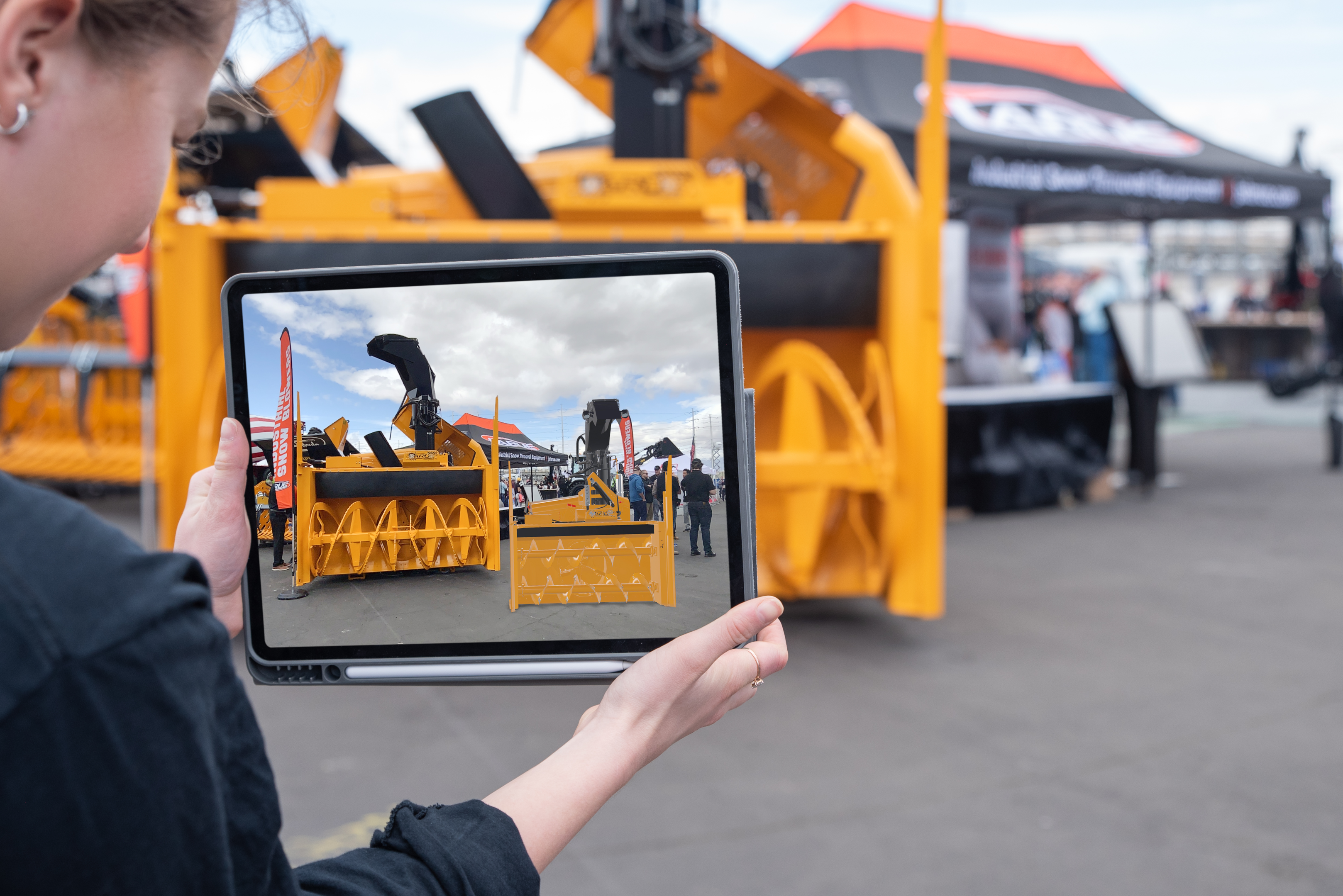
Tech giants such as Apple, Shopify, and Google have already recognized the value of AR and are investing heavily in the software and its integration with 3D configurators.
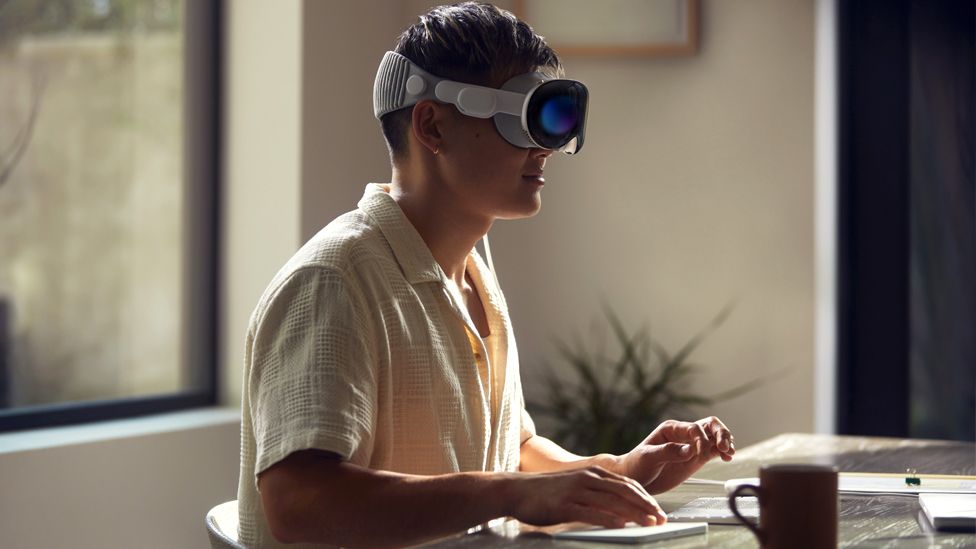
3D Advertisements
Google has recently introduced its Swirl 3D advertisement format, providing companies with the opportunity to place advertisements featuring interactive 3D assets. According to Google, engagement rates for 3D ads are three times higher compared to standard display or rich media ads.
Additionally, 3D ads have been shown to have a significant positive impact on brand equity data points like purchase intent (6.9x) and brand favorability (4.7x).
Other Innovations and Advancements
- Integration with virtual reality (VR) for even more immersive product visualization experiences.
- Enhanced mobile compatibility to cater to the increasing use of smartphones and tablets for online shopping.
- Collaboration tools that enable real-time to configure complex products and sharing of product configurations with others.
- Integration with social media platforms to allow users to showcase their personalized products and share their configurations with their networks.
Ready to help your customers visualize custom products?
In a nutshell, 3D configurators are transforming the e-commerce industry. They offer immersive experiences, boost sales, and streamline production processes.
From enhanced customer engagement to increased conversion rates, these tools have the power to revolutionize your own business operations.
So, why wait? Embrace the future of e-commerce with user-friendly product configurator software like Visao’s. It’s time to stand out, captivate your customers, and unlock new possibilities. Let the configuring begin!

